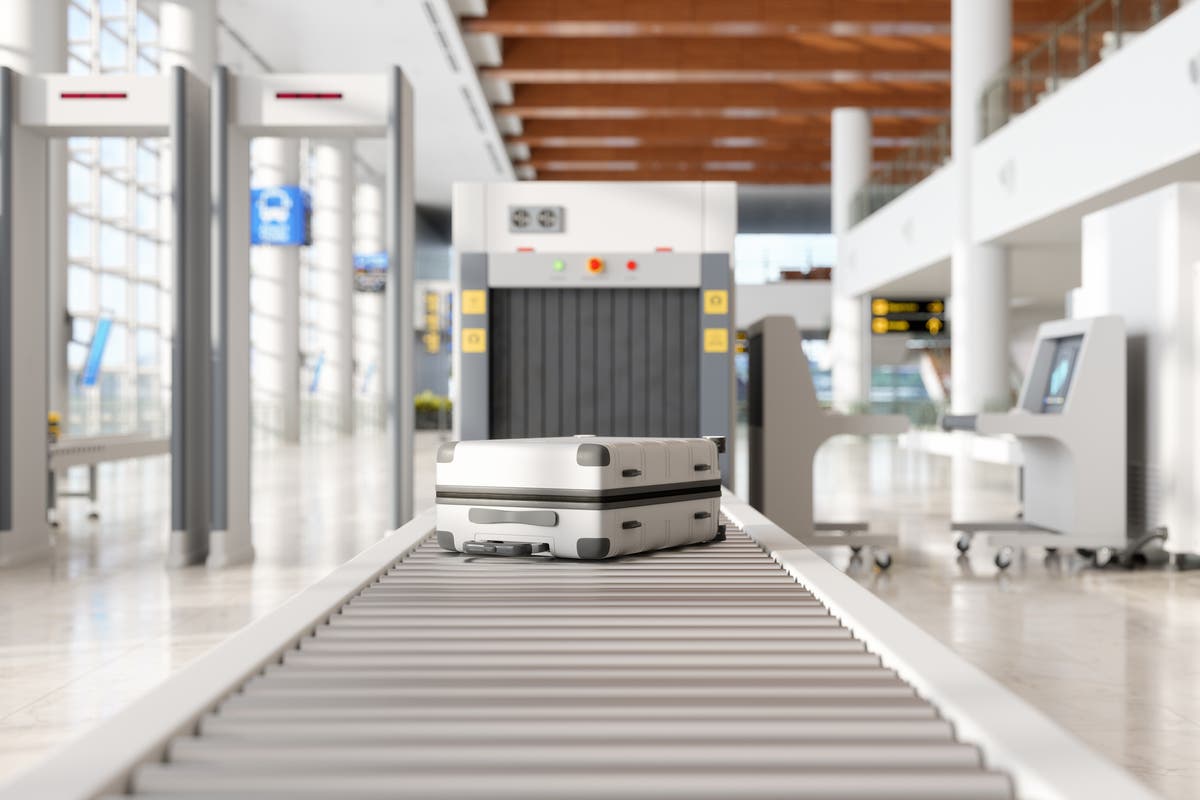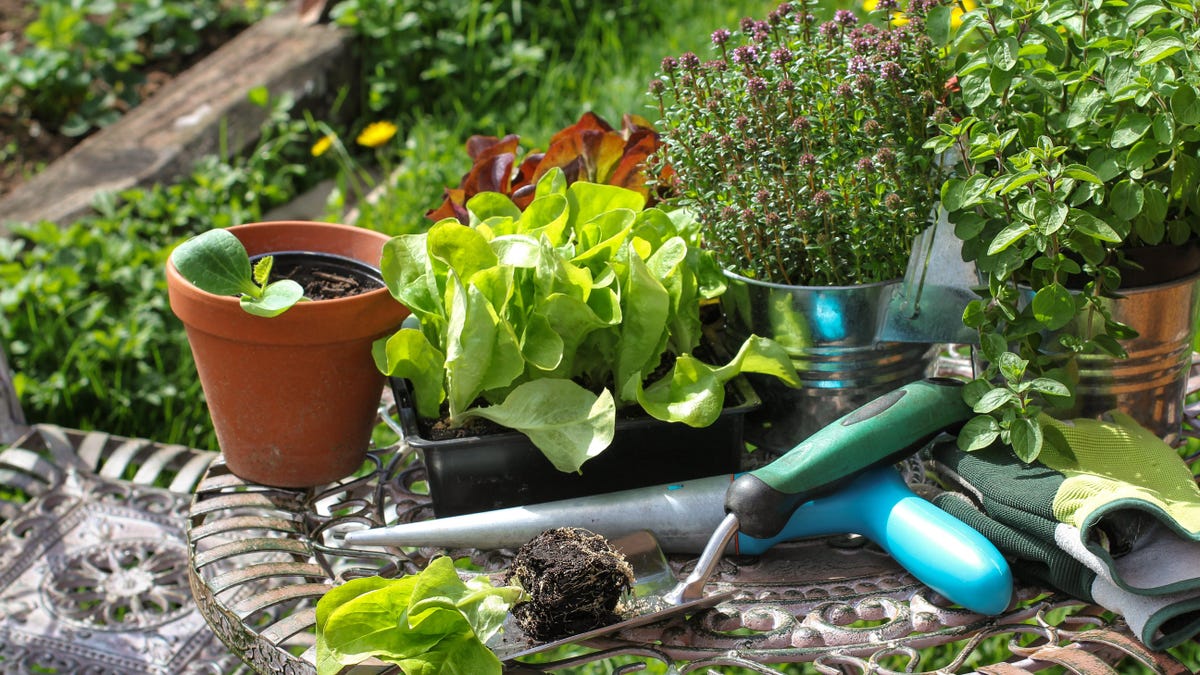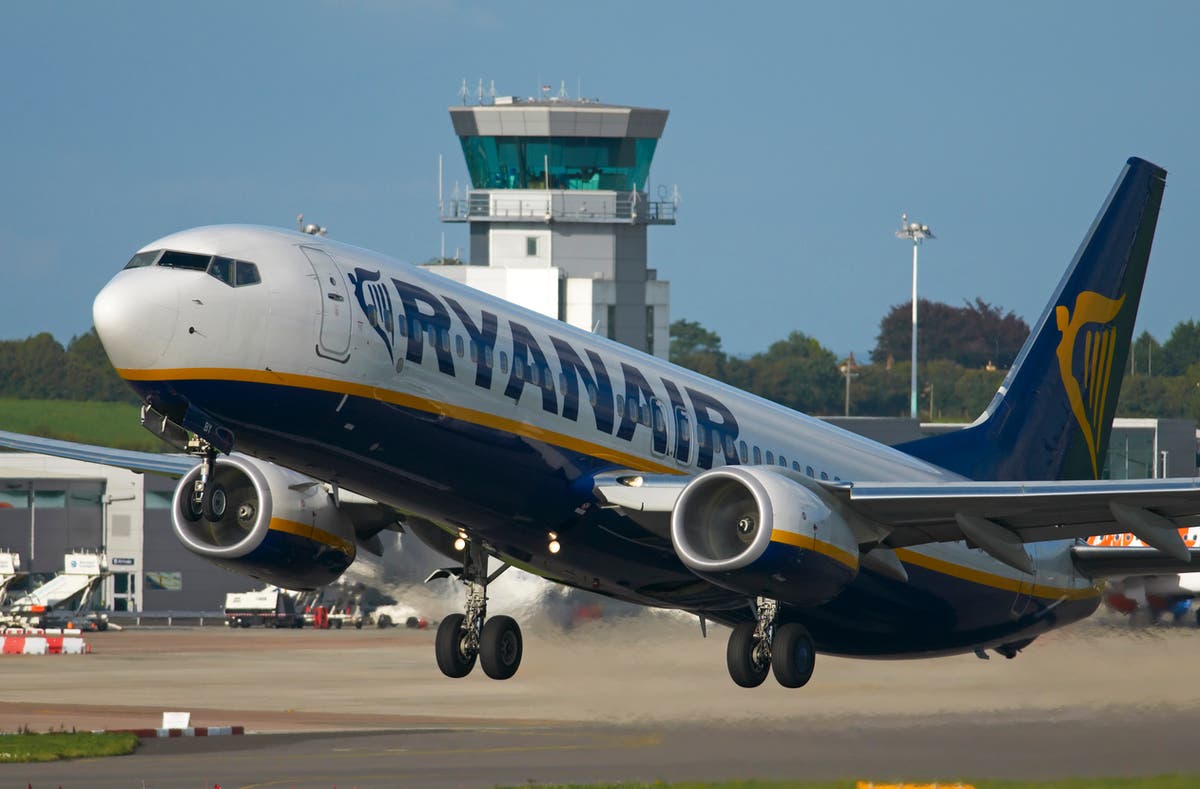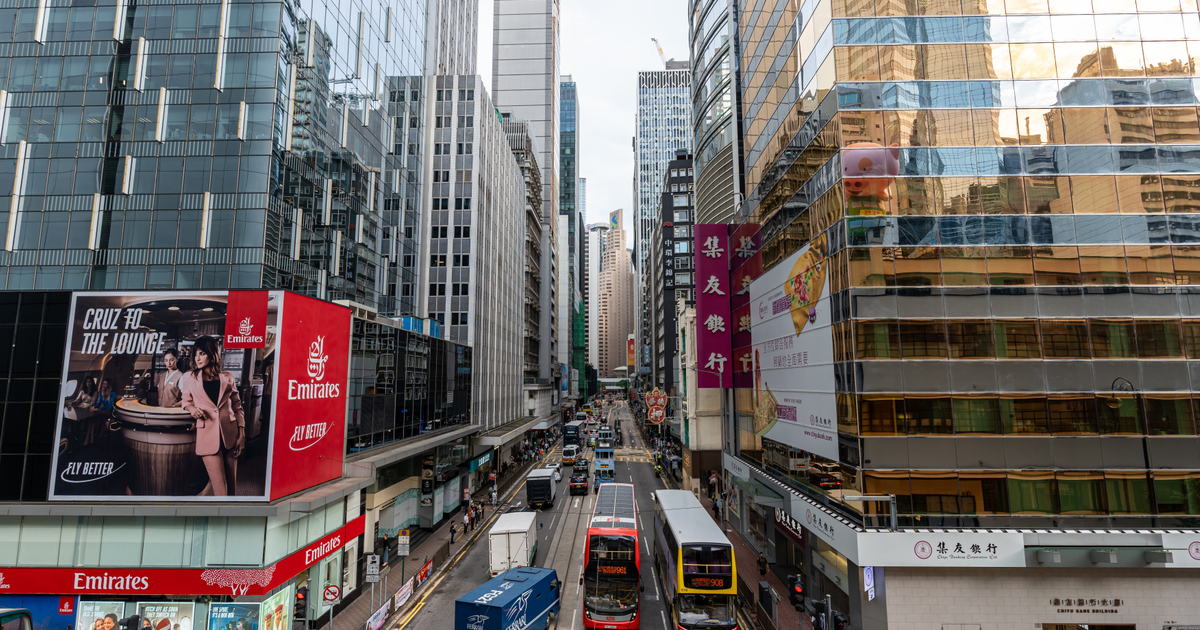Tourists face travel confusion as 100ml liquid rules set to continue past deadline
Lack of consistency could lead to hold-ups for passengers, Which? warns


Sign up to Simon Calder’s free travel email for expert advice and money-saving discounts
Get Simon Calder’s Travel email
Holidaymakers could face confusion when jetting off this summer after the UK’s busiest airports admitted that they will miss the deadline for installing new security scanners that would end the need for a 100ml limit on liquids.
The Department for Transport (DfT) set the June 2024 target at the end of 2022, with the transport secretary at the time, Mark Harper, pledging to lift the need for the “tiny toiletry”, which he said had become a staple of airport security checkpoints.
However, London Heathrow, London Gatwick and Manchester airports look set to miss the deadline, reports BBC News.
This will mean that while some new scanners will be in place, other lanes will be operating the current scanners, meaning 100ml limits to carry-on liquids will still apply – which could lead to confusion and travellers being caught out by the inconsistency, according to one consumer group.
Read more: Simon Calder on airport security: What are the rules for liquids?
Rory Boland, editor of Which? Travel, said: “It’s very disappointing that some airports may miss the government deadline to install new CT security scanners by June this year. By allowing passengers to keep items like laptops and liquids in their bags, these scanners had the potential to drastically cut security queues in time for the peak summer travel season.
“With different rules and processes now likely to apply at different airports, it’s essential passengers check before they travel so they don’t get caught out. Unfortunately, the lack of consistency is likely to be confusing for a lot of travellers – and may lead to further hold ups."
The delays could be down to the weight of the scanners, as well as the cost, according to aviation expert Sally Gethin.
She told BBC News that “sometimes the floors in the actual terminal have to be reinforced” and that the price is high as “it’s the latest technology”.
Heathrow has 146 security lanes, more than all the other UK airports combined, meaning the installation is a complex operation – especially when taking steps to avoid disruptions to current passengers making their way through security.
Some of Heathrow’s terminals – T2, T3 and T5 – already have some new scanners, with T4 expected to have some by the summer. The UK’s largest airport declined to comment when approached by The Independent.
A spokesperson for London Gatwick said the airport will “have made significant progress installing state of the art next generation security scanners by June 2024 in both terminals”, and that they plan to “have completed the major logistical operation required to install the remaining scanners in Q1 2025, after the busy summer peak period has concluded.”
MAG, which operates Manchester, Stansted and East Midlands airports, told The Independent that the new scanners will be in place on “a large number of our security lanes by June 2024”, with completion of the programme expected in 2025.
“This is a complex programme of work requiring the expansion of terminal facilities, while at the same time maintaining operations during construction,” a spokesperson added.
“We are currently rolling out the new technology lane-by-lane at Manchester and London Stansted airports, with several new lanes already in operation. Work is also underway on major construction projects at both Manchester and East Midlands airports to expand the size of the terminals to accommodate the new equipment.”
The DfT has been approached for comment.
The current 100ml restrictions on liquids have been in place since November 2006. The rules were introduction after a previous complete ban on liquids in the cabin was enforced three months earlier due to a foiled terror attack in which liquid explosives hidden in drinks bottles could have brought down 10 planes.

 Tekef
Tekef 





























